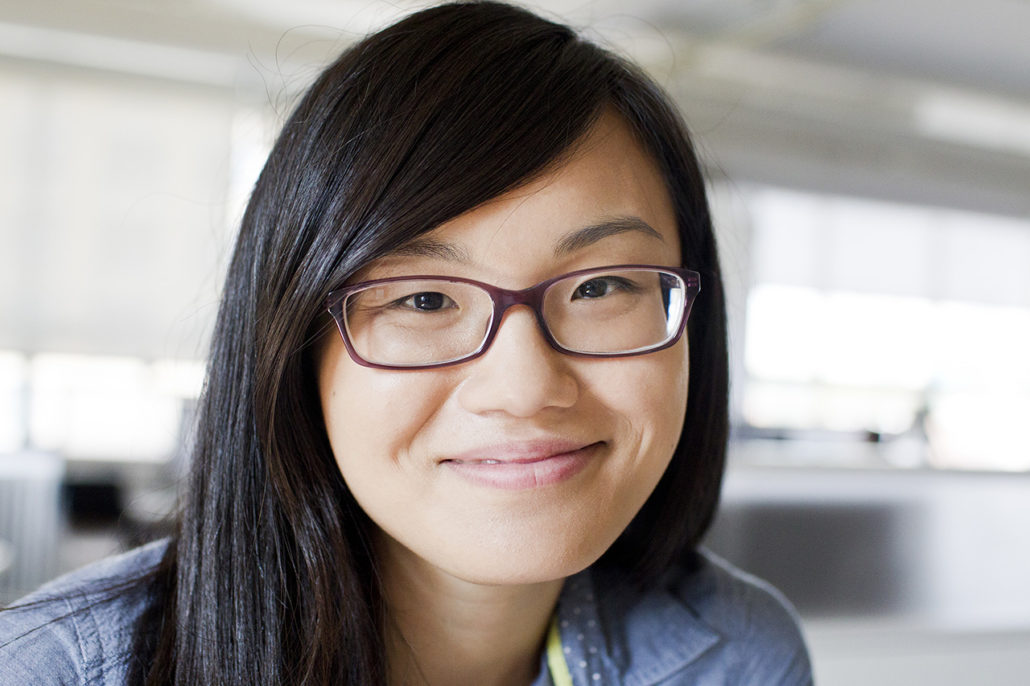International Women’s Day is a global celebration of women and women’s rights advocacy. Previously, we interviewed AXS co-founder Sonya about her journey as a female entrepreneur. This year, we’re shining a spotlight on our exceptional and eagle-eyed Head of Art and Design, Joyce Hui, as she shares her thoughts on the intersections between gender equity, design, and leadership.
Today is International Women’s Day! As AXS’ Head of Art and Design, you’re a pillar on the production team and a key driver behind the AXS aesthetic. What are some of your day-to-day responsibilities?
JH: The Head of Art and Design needs to wear a lot of hats (pun not intended). I manage the art and design team; oversee design aspects of the studio; provide training to the team; and on top of that, I also handle some production and pre-production work such as storyboards, wireframes, and motion graphics. This will be my 11th year at AXS… Time has really flown by!
As a female Designer yourself, can you talk a bit about how designing for gender equity plays a role in your workflow?
JH: At AXS, we’ve really tried to incorporate more and more human-centered design frameworks into our decision-making. Thinking about our end-user is a key part of our process. When designing visuals for a congress booth, for example, we need to keep in mind that the average height for women is shorter than men, which will affect the optimal placement of text and graphics. How a woman interacts with devices could also be different – even something as subtle as hand size and thumb reach can affect where the buttons on a mobile app should be placed.
JH: Of course, there is always room for improvement. We want to make sure that when visually depicting medical science, we’re not just including women for the sake of including women. “Woman” is composed of a diverse group of individuals of different ages, backgrounds, and ethnicities. We want to make sure that we’re doing the research and that the representation is accurate, not just a superficial token.
Did you have any female role models growing up?
JH: Is it cheesy to say my mom? [laughs] She raised my sister and me while working the whole time. She cooked every meal. She helped me with my math homework. She’s superwoman. To this day, I don’t know how she did it.
JH: On the other hand – and it’s very disappointing to say this – but all of my professional role models were men. All of the top animation directors at the big name studios at the time were male. It’s not until very recently that those studios have started showcasing women and BIPOC directors.
And yet, now you’re in a Director position as a woman yourself. Do you have any advice for young women looking to become Art Directors or otherwise pursue leadership in a creative field?
JH: First off, I want to acknowledge my privilege of working at a place like AXS Studio, where the workplace culture is very supportive of expressing thoughts and opinions. That said, my advice would be to speak up. I think many women, particularly BIPOC women, have a head down, work hard mentality – there is a tendency to stay quiet and let your work speak for itself. That’s all good, but it’s important to advocate out loud for yourself and to create your own opportunities.
JH: And then, when you do become a leader, the most important thing is to lead with empathy. Regardless of your gender.
Some projects Joyce has art directed at AXS!





